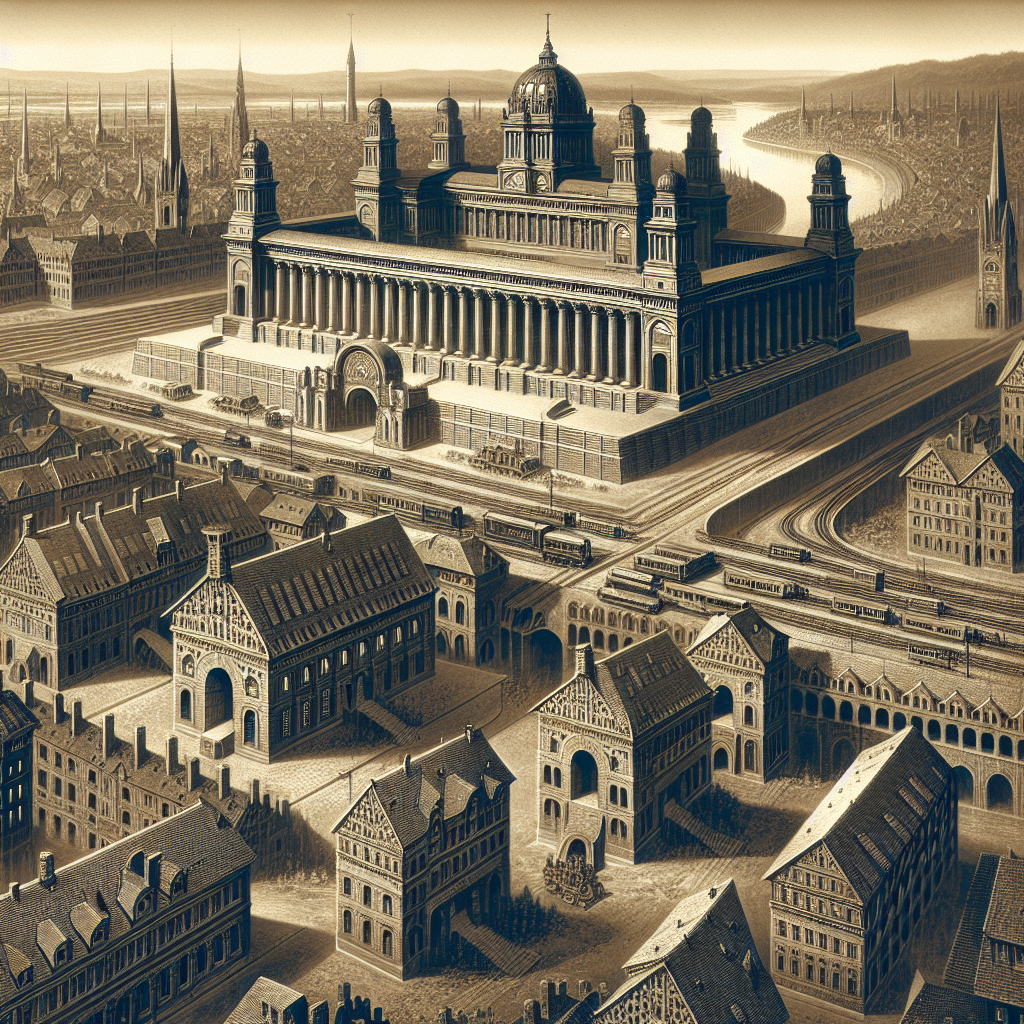The Urban Boom: Unpacking Urbanization in the German Empire
Imagine a time when cities were bustling with new energy, and the air was thick with the promise of progress—this was the German Empire during the late 19th and early 20th centuries. Urbanization in the German Empire, which spanned from 1871 to 1918, was a transformative period marked by rapid industrial growth and social change. This era saw a significant migration of people from rural areas to urban centers, driven by the promise of employment and better living conditions. The German Empire, with its capital in Berlin, became a hub of innovation and economic activity, setting the stage for modern urban life.
The "who" of this story includes millions of rural inhabitants who moved to cities like Berlin, Hamburg, and Munich. These individuals were often seeking jobs in the burgeoning industries such as steel, coal, and textiles. The "what" is the massive shift in population dynamics and the expansion of urban infrastructure, including housing, transportation, and public services. The "when" is primarily the period between 1871, when the German Empire was founded, and 1914, just before World War I, although the effects continued into the early 20th century. The "where" is the rapidly growing cities within the German Empire, which became centers of economic and cultural development. The "why" is rooted in the Industrial Revolution, which created new economic opportunities and necessitated a workforce concentrated in urban areas.
Urbanization in the German Empire was not just about economic growth; it was a catalyst for social change. The influx of people into cities led to the development of new social classes and the rise of a more diverse and dynamic society. This period saw the emergence of a middle class and a working class, each with distinct roles and influences on the political landscape. The challenges of urbanization, such as overcrowding and sanitation issues, also spurred advancements in public health and urban planning.
The impact of urbanization during this time was profound, laying the groundwork for modern Germany. It fostered a spirit of innovation and adaptation, as cities had to evolve to meet the needs of their growing populations. This era of urbanization was a testament to human resilience and ingenuity, as people from all walks of life came together to build a new urban society. The legacy of this period is still evident today in the vibrant cities of Germany, which continue to be centers of culture, industry, and progress.

